
News + Trends
Smart home trends: discovering the connected home of the near future
by Raphael Knecht

Clever gadgets and automated routines will make your home smarter. Everything is connected and runs over the Internet. Exactly this capability makes smart homes particularly vulnerable to intruders. Here's some tips to make their job that much harder.
Equipping your own four walls with smart devices carries many advantages. Your shutters lower automatically as soon as the weather sensor detects sunshine. Soft music emerges from your speakers to help you wake up in the morning. Control your blinds, lights and floor heating with a single switch. However, connecting to the Internet also makes you and your smart home system vulnerable. If you don't invest enough time and effort into security, your home will quickly become a digital target. For a safe smart home, it's essential that you know the following tips and follow some basic rules.
A voice assistant, as found in your smart speaker or phone, can make your life easier. But only if you set it up correctly. If you leave the default settings untouched, you'll be in trouble soon enough. Unauthorized users can then gain access to your smart home and the devices in the system. An important point is the voice profile. Make sure you create a profile for your own voice right off the bat. This way, the smart speaker can only be used by you. If you don't live alone, you can also create profiles for your roommates and give them the permissions you want.
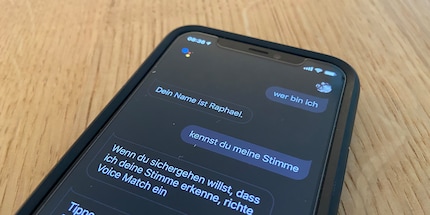
Security is never eternal, it's always temporary. Even an analogue U-lock, which was previously unbreakable, can be opened using new methods. The same applies to digital security. Hard and software is only protected if it's up-to-date. Services and devices that have an Internet connection must always be up to date. this way the network doesn't become a weak point ripe for exploitation. If possible, set your preferences so that devices update themselves automatically. Otherwise, you should regularly check for available updates yourself. In today's fast-paced technological world, doing this every day is best.
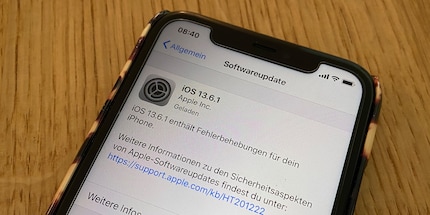
Cars and holidays can both be insured. So why not do the same with your digital assets? You can do almost everything from your smartphone these days: phone calls, messages, business emails and banking. Imagine what would happen if your phone fell into the wrong hands. Since almost every smart home runs on the mobile network, you're vulnerable there as well. For some time now, insurance companies have been offering solutions that protect your online belongings. No matter whether your private cameras at home get hacked, your windows aren't closed in the event of an impending storm due to a malfunction, or your credit card data is passed on to a third party via the smart home network: cyber insurance or an appropriate clause in addition to your existing insurance protects you in such cases.
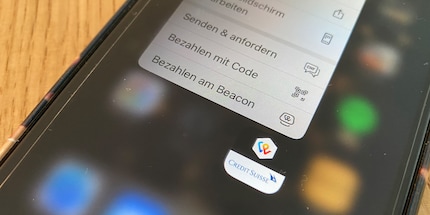
Using the same e-mail address and password everywhere is easier to remember. It's even easier – for example with routers – to keep the default Wi-Fi password. This makes breaking into them a breeze, however. Follow these points to secure your smart home access:
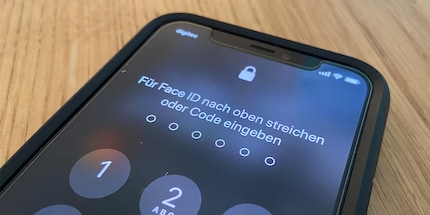
What's so good about radio waves and wireless signals? Well, you can receive them relatively easily almost anywhere – from the cellar to the roof. Either directly or otherwise with repeaters. But this also carries a serious problem: with Wi-Fi, for example, only one password protects you from someone else gaining access to your network. Never blindly trust radio-controlled technology when it comes to your smart home system. Always clarify whether the corresponding products are also available as cable-based solutions. It's not always possible, but more often than you think. For example, cyber criminals must first physically enter the network in order to cause greater damage. This is much more complex than hacking into a wireless smart home network.
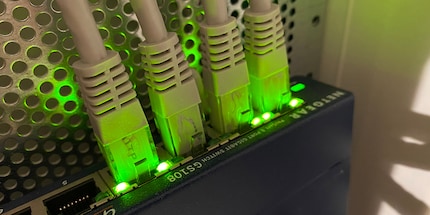
A smart home system with all devices running on the same wireless network can be compared to a safe with a door on each side. If you get through one of the doors, you're in and can get anything you want. You can also open all other doors from the inside to clear out the contents more quickly. To prevent this from happening to your smart home, configure your Wi-Fi router to generate several signals that are independent of each other. Most modern routers can do this. If this isn't the case, time for a new device. So-called guest access doesn't just give friends and visitors access to your Internet connection. It also protects your own network. This is because guest Wi-Fi can merge individual gadgets in your smart home that don't use the same connection. An additional safeguard in case one of the networks is hacked.
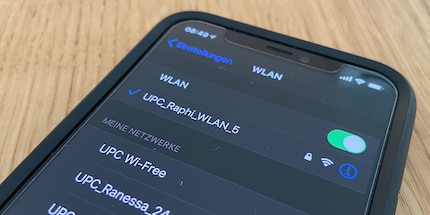
Do you know of any other mistakes that should be avoided around a smart home? Or do you know of other security gaps that make a digital home vulnerable? Let me know in the comments. If you don't want to miss any more smart home articles, follow me by clicking the «Follow author» button on the author profile.
When I'm not stuffing my face with sweets, you'll catch me running around in the gym hall. I’m a passionate floorball player and coach. On rainy days, I tinker with my homebuilt PCs, robots or other gadgets. Music is always my trusted companion. I also enjoy tackling hilly terrain on my road bike and criss-crossing the country on my cross-country skis.
Practical solutions for everyday problems with technology, household hacks and much more.
Show all